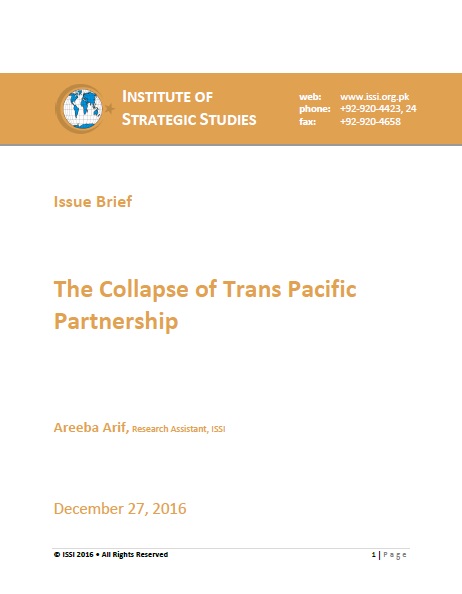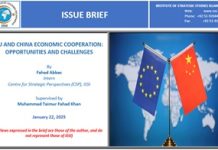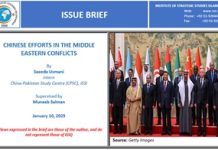The Trans Pacific Partnership (TPP) is the largest regional trade accord in history. It was signed by twelve countries in February 2016. The signatory states include United States, Japan, Malaysia, Vietnam, Singapore, Brunei, Australia, New Zealand, Canada, Mexico, Chile and Peru. However, these states still need to ratify this agreement. These countries comprise 40% of the world’s economy, producing a cumulative $2.8 trillion annual gross domestic product (GDP) and making up one-third of the world trade.
The basic aim of this pact was to deepen economic integration among these countries by reducing tariffs and fostering trade to increase the growth level. Furthermore, one of its goals was for member states to enhance their ties with each other via this kind of agreement. The basic idea of TPP was to create a single market like the European Union (EU). This deal was considered to be a very noteworthy achievement since it has very different standards and approaches towards its member states. The organisation takes a serious view of environmental protection and workers’ rights all enveloped in regulatory coherence.
















